Haute couture (French for “high fashion”) is the art of creating elegant custom clothing designs for specific clients. The designs are usually one-of-a-kind and the creations are produced with the highest quality fabrics, notions and embellishments. They are mostly hand-sewn and involve intricate and delicate stitch work produced by talented and experienced seamstresses. Haute couture is to fashion what the Empire State Building is to architects or what the Mona Lisa is to painters. It is the crème de la crème, the pinnacle of the fashion world and inspiration to the rest of us.
Beginning of Haute Couture
Haute couture is said to have been created by Charles Frederick Worth, who is widely known as the “father of haute couture.”
He opened his first Paris dressmaking shop, called Worth and Bobergh, in 1858, which became known as the House of Worth in 1871.
Most significantly, Worth is credited with changing the nature of dressmaking as couturiers came to be seen as artists in their own right (as opposed to just artisans).
He further revolutionised the fashion world by being the first couturier to create collections; were previously customers had dictated the dress designs, now he did by producing collections four times a year.
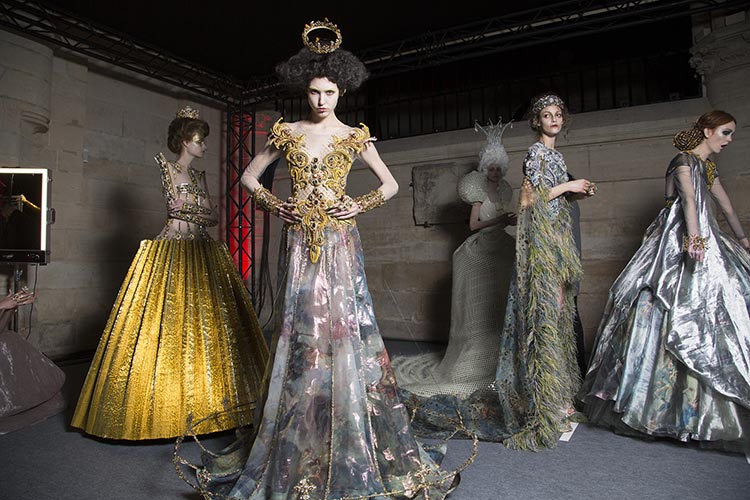
Worth actually started the Chambre Syndicale de la Couture Parisienne in 1868, which is the association that oversees the haute couture houses.
Worth also created haute couture designs for well-known 19th-century actresses like Sarah Bernhardt and Jenny Lind.
The example Worth led to set a path in motion and other fashion houses joined in – Lanvin, Poirot, Chanel, Patou, Schiaparelli and Dior among others. Many of these are still in existence today. The number of fashion houses grew to its largest number in the mid 20th century and the 1960s even saw a second wave when many designers who trained under some of the original couture houses, set out on their own artistic journey. Designers who left their mentors to start their own lines include Yves St. Laurent and Pierre Cardin. As the times changed and demands for haute couture changed, the number of haute couture houses have dwindled. Some of the houses still in existence today are Versace, Chanel, Dior, Givenchy and Valentino among others.
Significant Haute Couture Moments
In the 150 years of history belonging to haute couture, what have been some of the most significant moments and the most memorable designs?
The reality is that there are many memorable designs and collections in the span of that history – too many to mention them all! The Musée Galliera in Paris actually curated a Paris Haute Couture exhibition, which was on display for Fashion Week during the spring of 2013. For this exhibition, they chose 100 dresses to represent the history of haute couture from the beginning to the present day. Unfortunately, the exhibition closed in July 2013, but Vogue has a gallery of some designs, drawings and photos featured in the exhibition and the blog, Style Bubble has shared photos taken of the exhibit.
5 of the Most Significant Couture Moments
While we can’t share anywhere near as many of the most significant haute couture moments, we can share 5 of the most important historical moments from the history of haute couture here.
1920s Lanvin Couture
Flappers were all the rage in the 1920s and the costume of the flapper was the drop waist, sleeveless sheath dress. There were many makers of flapper fashion, both high and low, but one particular noteworthy creation was Jeanne Lanvin’s 1928 black taffeta “Bel Oiseau” (beautiful bird) dress. It featured a two-tiered ruffled skirt, an asymmetrical neckline and a gorgeous embroidered Swarovski crystal peacock detail. This dress is a perfect example of the type of evening wear that would have been worn by ladies with means during this period.
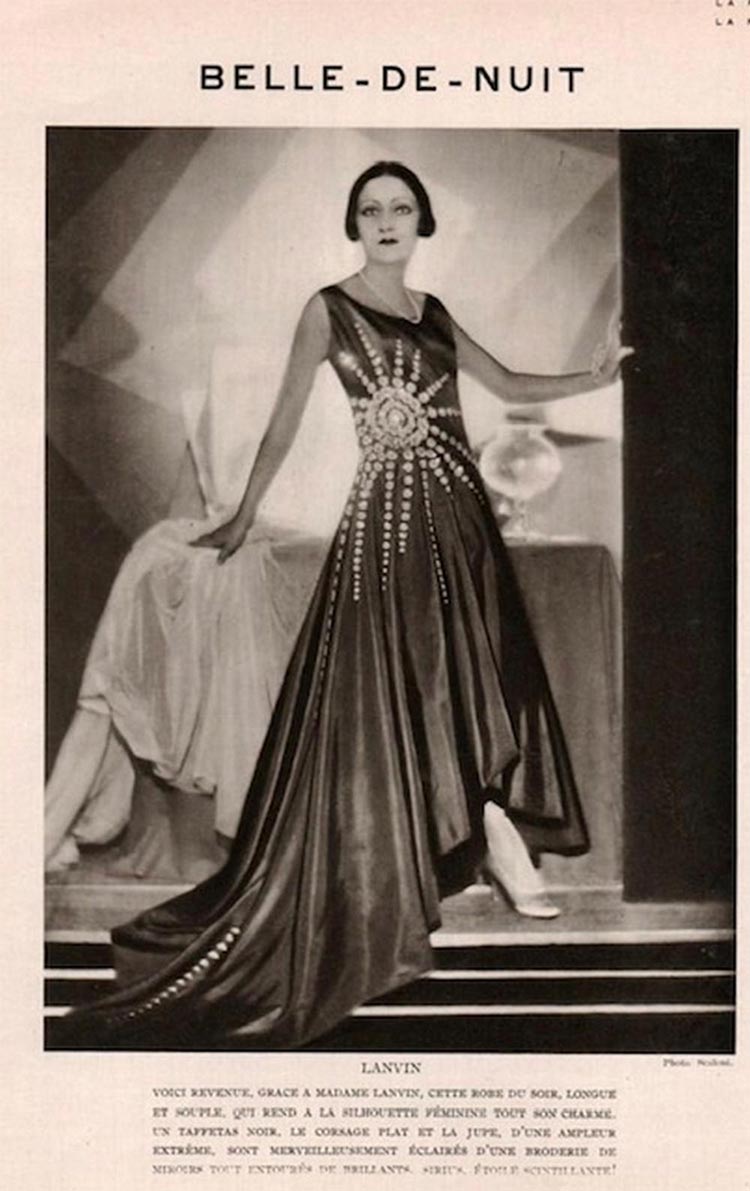
1930s Chanel Couture
One of Coco Chanel’s most significant contributions to fashion (among many others), was her popularisation of the LBD, or little black dress. Before Chanel’s introduction of the LBD in 1926, black simply wasn’t worn by women on a regular basis – it was a symbol of mourning (made popular during the Victorian era). Chanel’s LBD changed that perception completely and now black is commonplace for day and evening wear.
Karl Lagerfeld even said, “One is never over or underdressed in a little black dress.”
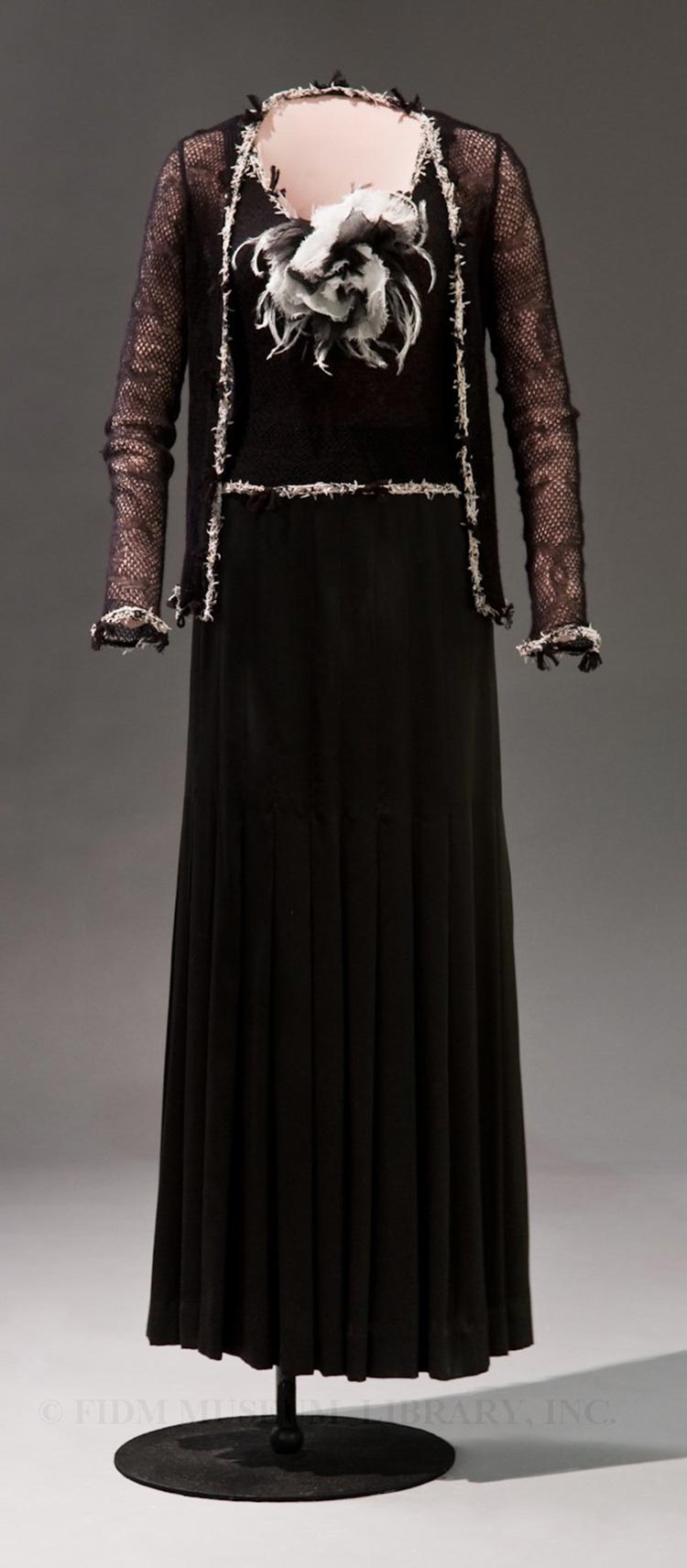
Chanel 2021
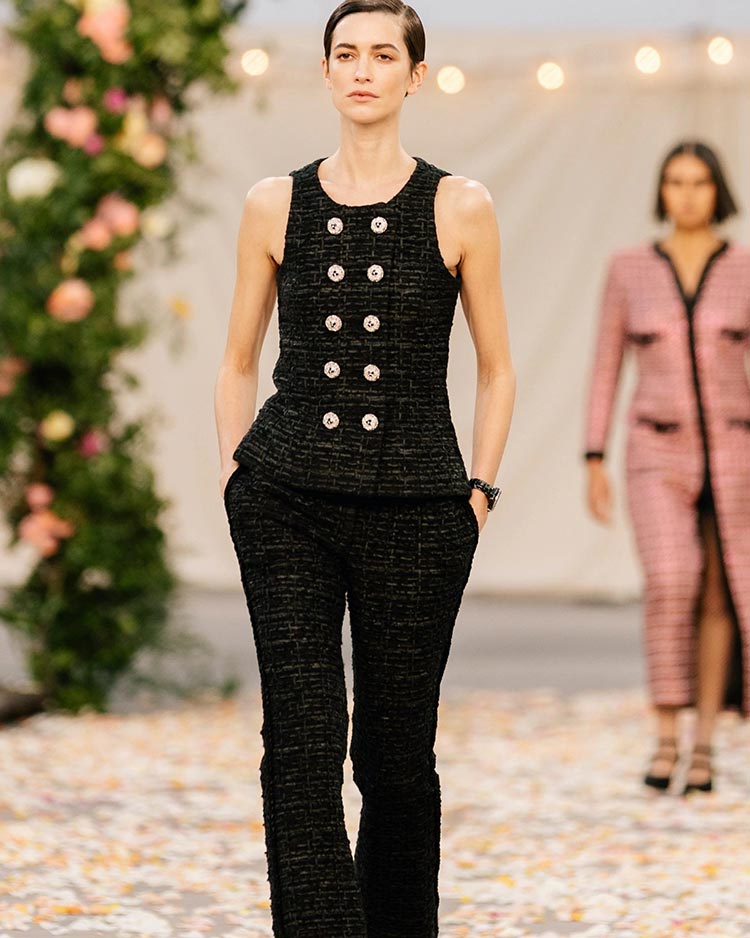
The 1940s-1950s Dior’s Couture New Look
In the late 1940s, after the austerity of the world war period, Dior came out with a collection that was such a departure from the minimalist look of the previous decades that it was called the “New Look.”
It was a luxurious, feminine and fabric-rich collection featuring full skirts, nipped waists and narrow shoulders.
The New Look was so trendsetting that it defined what was fashionable for a whole decade, staying popular until the introduction of the “Jackie” look at the end of of the 1950s. The standard day look featured a full skirt and a fitted jacket, as seen above.

Dior 2021
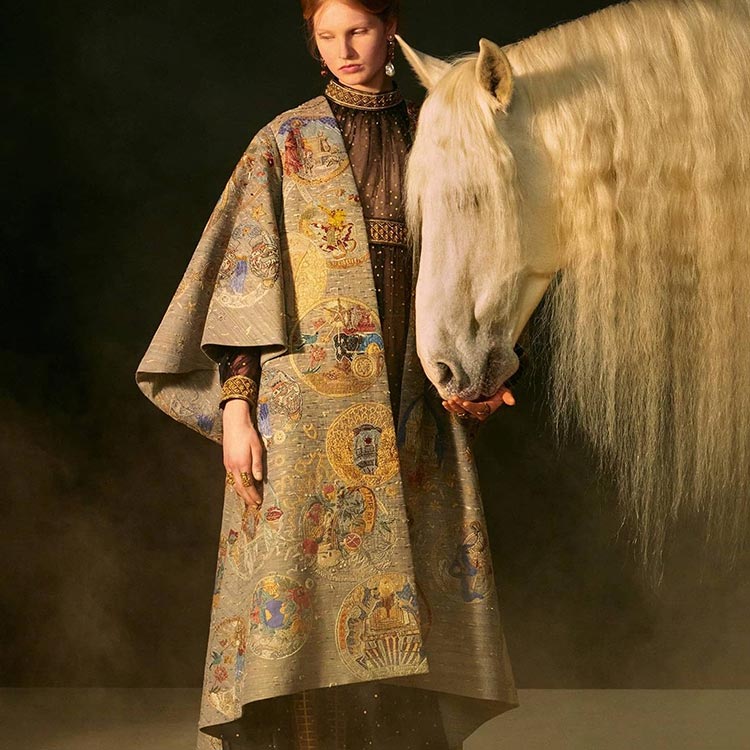
1960s Valentino Red
Valentino opened his couture house in 1959 and, while he can certainly be credited with much in the fashion world, it is probably his Valentino Red gowns for which he is most remembered. His première red design was a cocktail dress called “Fiesta” (seen above) that debuted in his first 1959 collection. Valentino drew his red inspiration from a woman he saw at the opera. He said,
“She was unique, isolated, fiery the perfect heroine.” He added, “I told myself that if I were ever going to become a designer, I would do lots of red.”

Valentino 2021

1960s Couture Yves Saint Laurent
Yves Saint Laurent founded his own fashion house in 1961 and presented his first collection the following year. He said this about his own design aesthetic: “Chanel freed women, and I empowered them.” The bold words referred to Chanel’s simplification of female fashion in the 20s from the fussiness that had earlier trapped women. By presenting a collection that was empowering, he was presenting women with the next level of empowerment. He revolutionised women’s fashion by incorporating masculine elements into his collections, like the trouser suit, military accoutrement, military styling, safari jackets, smoking jackets and many more.
What is your favourite moment of vintage fashion history? Let us know in the comments below!




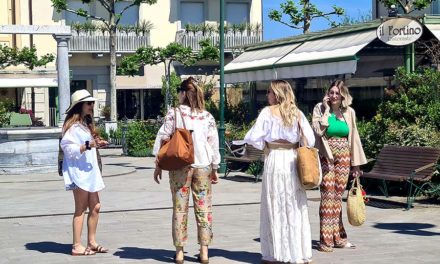
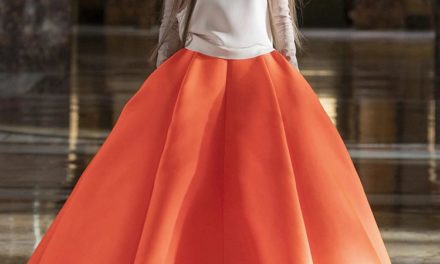
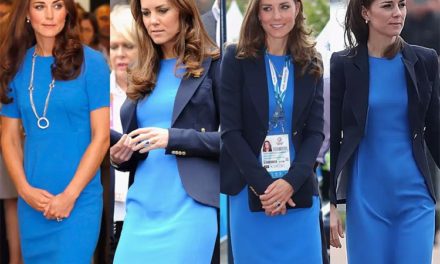

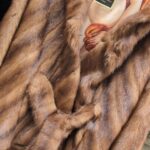


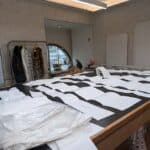






You must be logged in to post a comment.